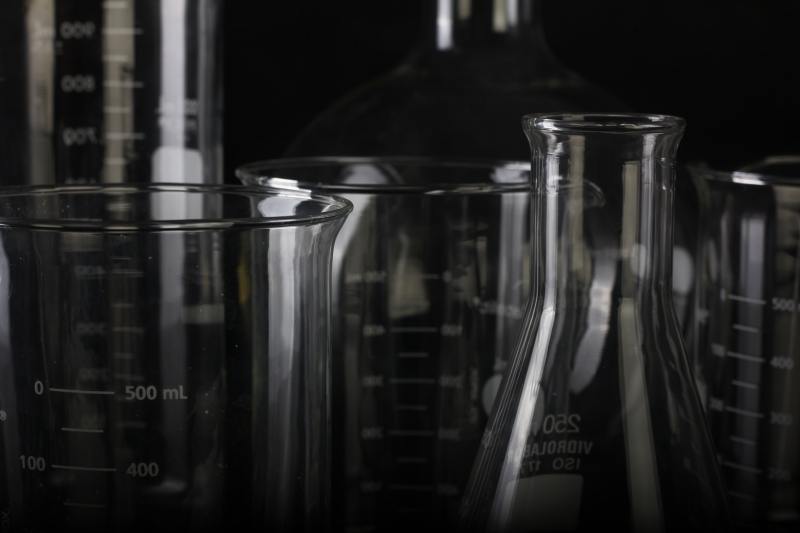There really is no sort of preface to this. This article is for those of you who live and breathe chemistry and want to use it for your daily life too, and for those of you who need a little motivation to get through CHEM 33. Regardless, because you totally needed more chemistry in all your lives, here is yet another listicle that doesn’t need to exist: life lessons from organic chemistry.
Change of any sort is reversible to some degree.
In any given reaction, there exists an equilibrium constant, K, that encodes a relationship between products and reactants: a large “K” hints at more products, while a small “k” favors the reactants. In a general sense, premed students, chemists and biologists alike learn about the reversibility of reactions, of how even a stable acetal can be reversed with a little acid in order to form its corresponding ketone. What I’m trying to get at with this tidbit is this: change can be reverted or kept. Be willing to venture out and do something that deviates from the mundane because, worse comes to worst, it can be reversed with some degree of care and time. Some alterations are harder (“K” is off-the-charts large), but most are within our (thermodynamic) control. Just don’t hang out with Grignards.
Like a strong leaving group, it’s important to leave the nest, especially when it becomes unstable.
Beginning organic chemistry classes teach you about substitution reactions, one of which is a reaction with a molecule that can readily leave. Upon its departure, it creates an incredibly volatile molecule called a carbocation that then reacts with something else with which it is more compatible. In a toxic relationship, after assessing the situation, it might be for the best if you take the leap and cut things off. Kudos to Dr. Megan Brennan for the inspiration with her example about the kids leaving the house upon growing up. You’ve been a pretty great lecturer.
Working on yourself is oftentimes better than reacting with others.
After acid-base catalysis, intramolecular (within a molecule) reactions are orders of magnitude faster than their intermolecular (between two or more) counterparts. However, students get tripped up by this because we didn’t even consider it as an option before. Beforehand, we mixed molecules together and hoped that our mixing of the two was correct, but now, we are presented with a more handsome alternative: Bettering yourself instead of constantly focusing on other people can yield quicker and more secure results. Not having to rely on someone else — the other molecule, in this case — is key in growing as a person, which can be difficult, especially if intermolecular is the only type of reaction we’re used to.
We are unique, multifaceted people.
Resonance is defined as the delocalization of electrons with the movement of pi bonds and lone pairs; in layman’s terms, it shows how the same molecule can exist in multiple states. There’s a metaphor here between the resonance structures that a molecule can have and the personas that people possess in different situations. Life is full of oxymorons and contradictions. Chances are that we are not the same person in front of our friends as we are in front of our professors or parents, but that doesn’t make us any less ourselves. What’s important, however, is the fact that resonance is not an interchange from state to state but rather the average of the states themselves. In a paradox of sorts, we are simultaneously each of the personas we embody, which, if anything, makes us all the more human.
Backside attack inverts your entire life.
First of all, yes, there is something in organic chemistry called backside attack. Secondly, this one is plain and simple: Use protection, kids.
Contact Justin Cortez at jcortez1 ‘at’ stanford.edu.
